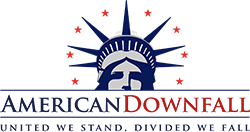Tipping is encountering its own form of inflation, with consumers commonly facing digital kiosks that ask for tips that start at 18% or 20% and can go as high as 30% — a far cry from the 15% that used to be traditional.
And more types of employees are now asking for tips than in prior years, according to Cornell University professor Michael Lynn, who studies consumer behavior. Tips were traditionally given to workers who earned the so-called “tipped minimum wage” — federally set at $2.13 an hour — and thus rely on tips to earn the balance of their income. Most commonly, these tipped workers are waitstaff at restaurants and bartenders.
Tipping has been spreading to occupations that earn the regular minimum wage or above, such as baristas and drivers, Lynn noted. That raises the question of whether consumers should feel obligated to add a tip of 20% or more to their check when a digital kiosk is swiveled around for payment — a tricky issue when inflation-weary patrons may not feel like adding a tip for being handed a cup of coffee, yet may feel shamed to deny a tip request in public.
“It’s mostly restaurant waiters and waitresses that are paid less than the minimum wage, so for them, tips are critical,” Lynn noted. Baristas and other types of workers are often getting at least the minimum wage, he said.
Lynn added, “I feel obligated to tip waiters, but anybody else I don’t feel obligated, but often I do tip if they’ve gone above and beyond.”
Read more at CBSNEWS.com





